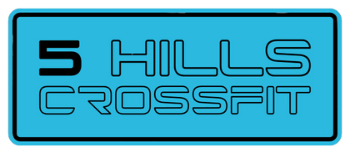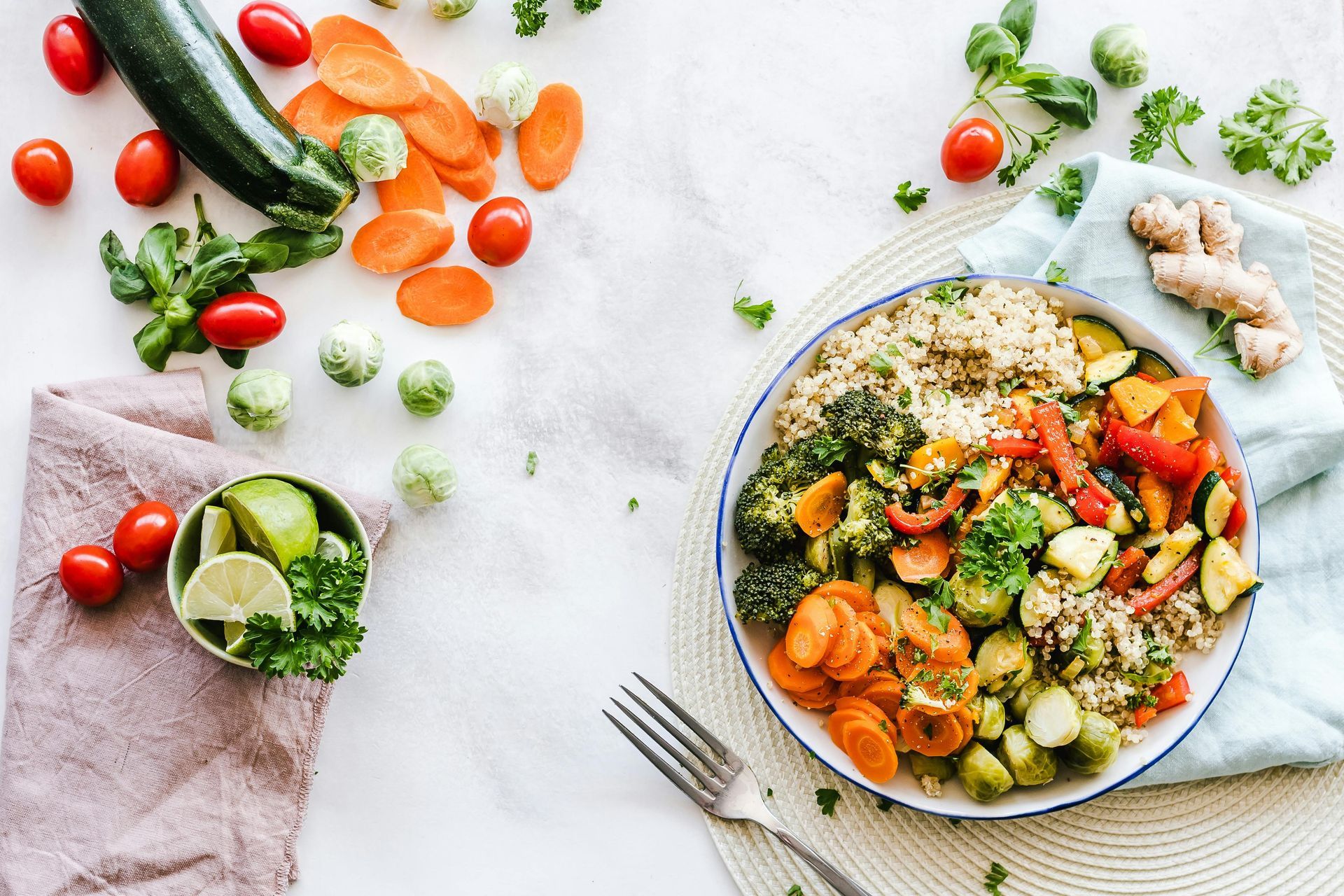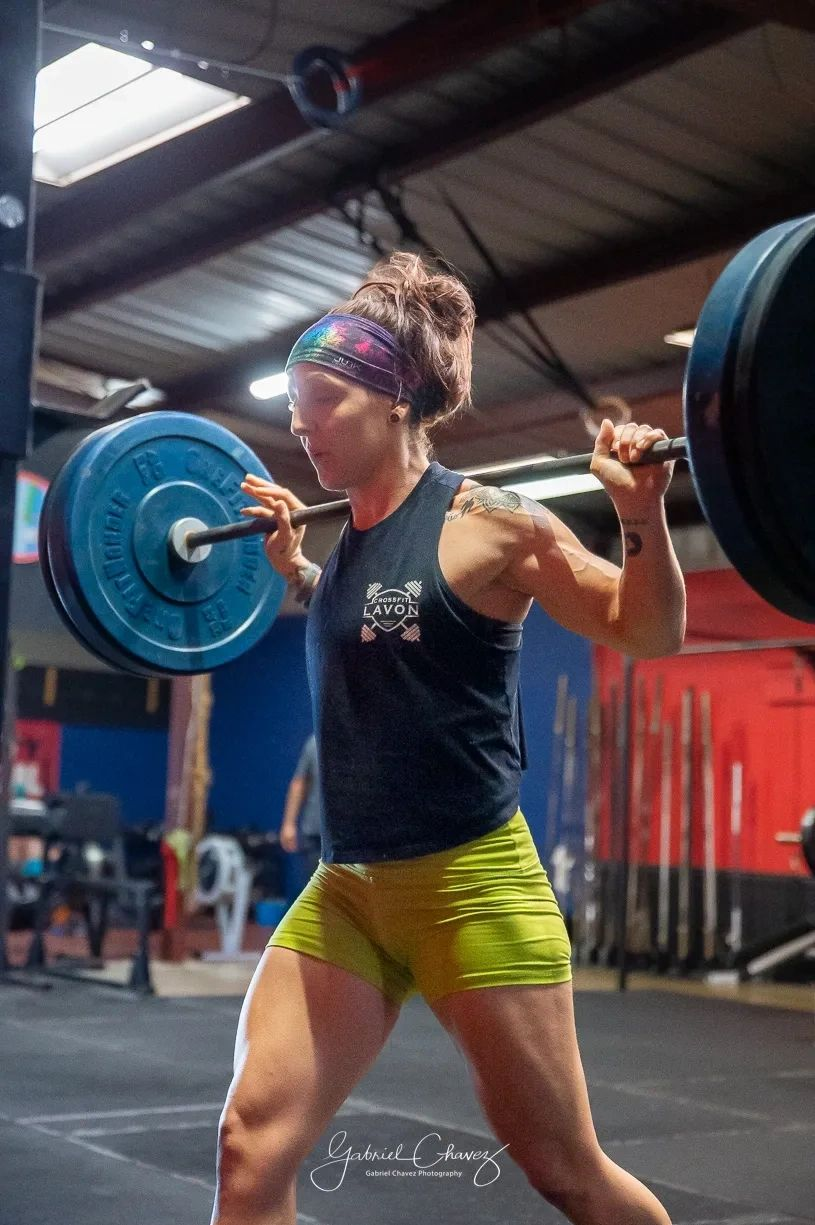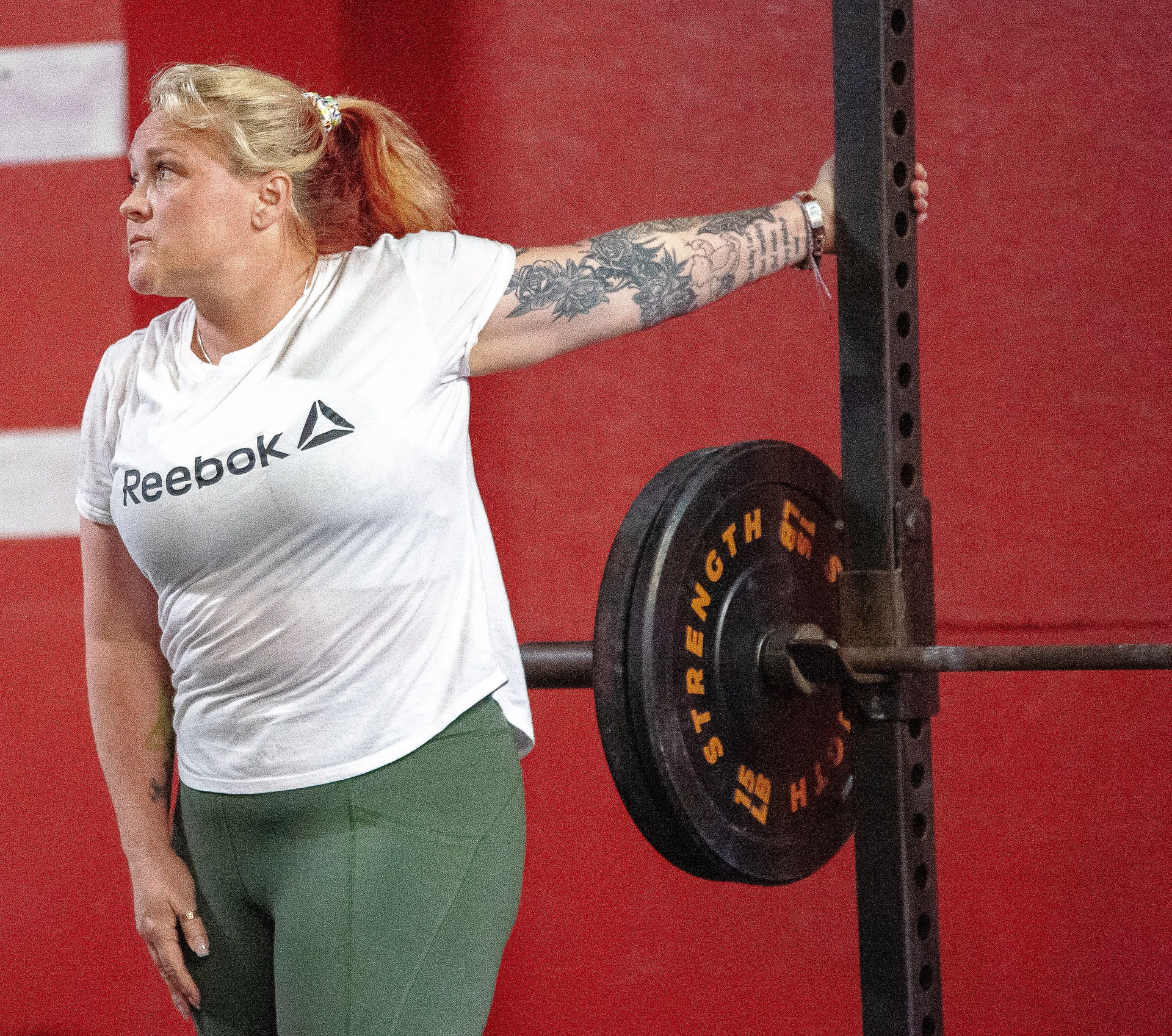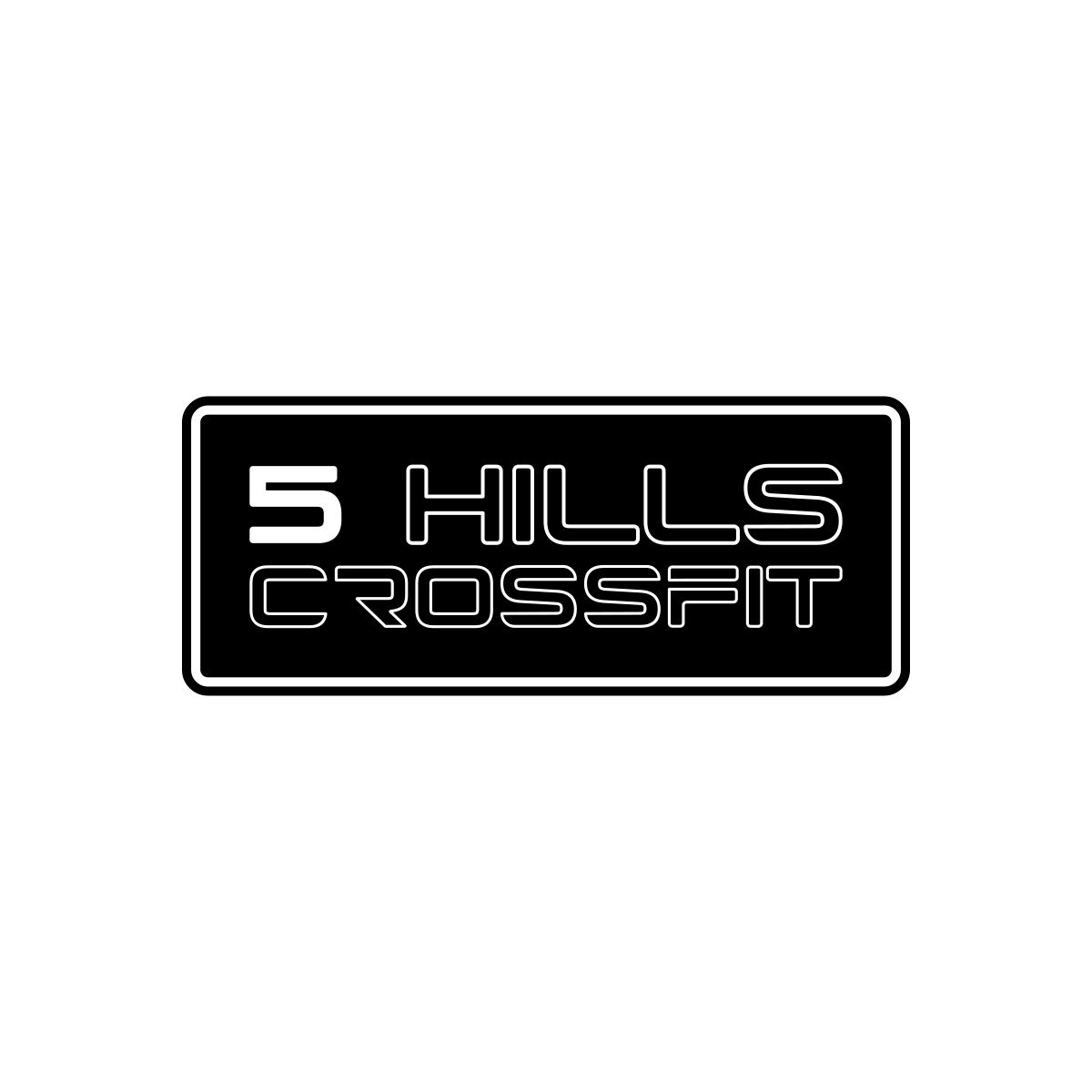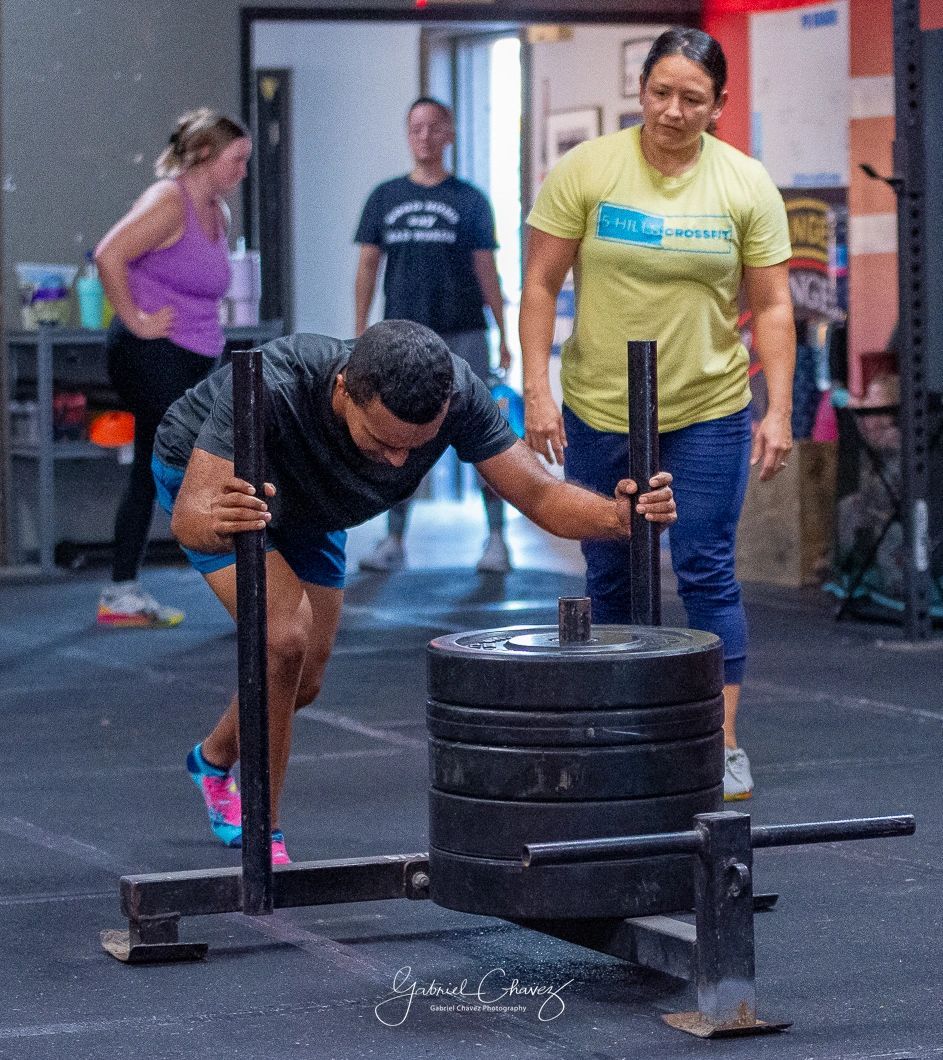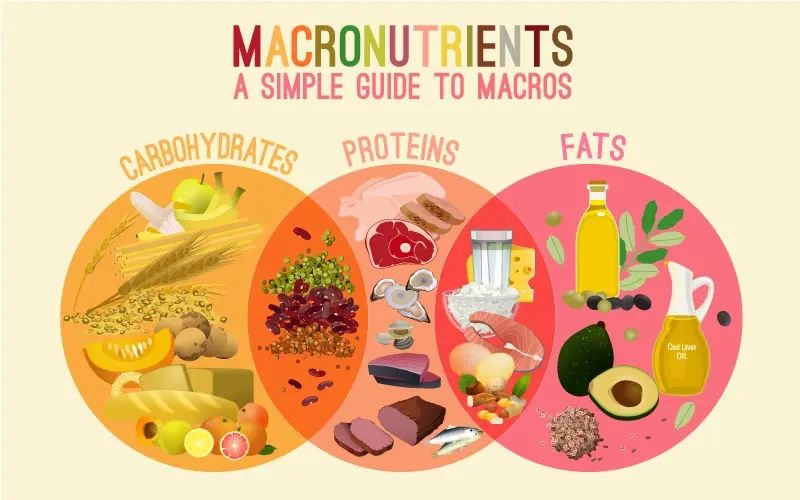IF & CrossFit choose your optimal schedule
Ben Eseroma • December 10, 2024
What is optimal for me?
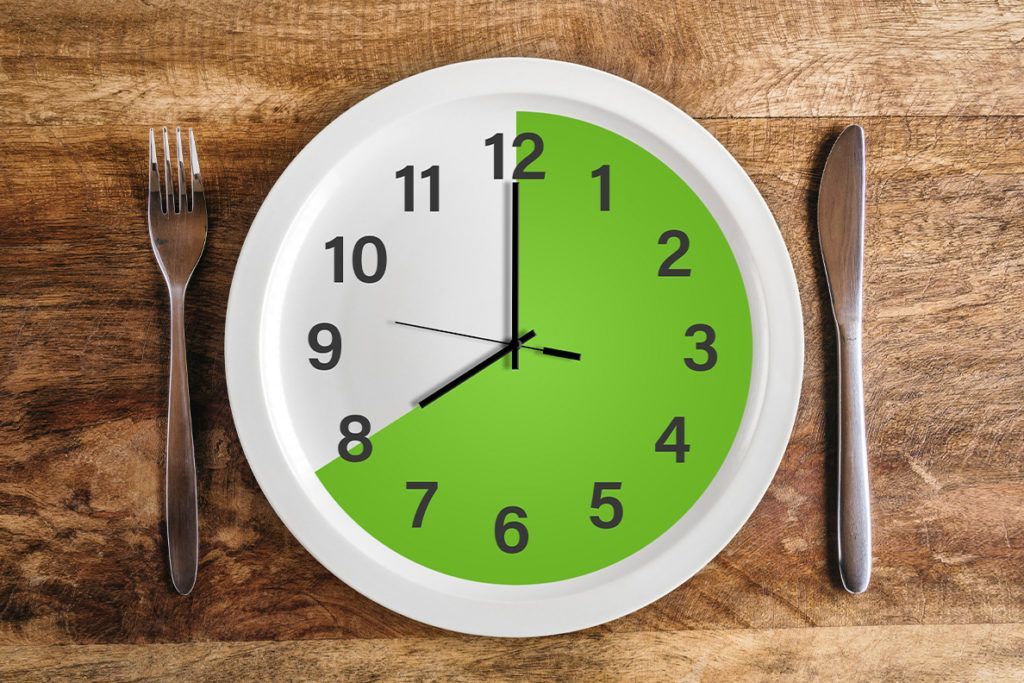
Choosing the Right Fasting Schedule
1. 16:8 Method: Fast for 16 hours and eat within an 8-hour window.
• Best for CrossFit Athletes: Allows flexibility to train and recover during your eating window.
• Example: Eating window from 12 PM to 8 PM (workout in the late morning or early afternoon).
2. 14:10 Method: Fast for 14 hours and eat within a 10-hour window.
• Good for Beginners: Easier to sustain and fits well with CrossFit schedules.
3. 5:2 Method: Eat normally for 5 days a week and restrict calories to 500–600 on 2 non-consecutive days.
• Considerations: Might work better for rest days rather than intense workout days.
Tips for CrossFit Athletes Doing IF
1. Train During the Eating Window:
• Try to schedule workouts during or near the start of your eating window for better energy and recovery.
• For early morning workouts, consider a small pre-workout snack like BCAAs or a protein shake (if it doesn’t break your fast for your goals).
2. Break Your Fast with a Balanced Post-Workout Meal:
• Include lean protein, healthy fats, and complex carbs to replenish glycogen and aid muscle repair.
• Example: Grilled chicken, quinoa, and avocado, or a protein shake with fruit and almond butter.
3. Listen to Your Body:
• Adjust fasting times if you notice reduced performance or prolonged fatigue.
• Ensure you’re eating enough calories and nutrients to fuel intense CrossFit workouts.
4. Hydrate Strategically:
• Stay hydrated throughout your fast with water, electrolyte supplements, or black coffee.
• Proper hydration is crucial for endurance and recovery during WODs.
5. Use Rest Days for Longer Fasting Periods:
• On less intense training days or rest days, you can extend your fasting window (e.g., a 20:4 schedule) to maximize the metabolic benefits of fasting.
Sample Daily Schedule (16:8 for CrossFit)
• 7:00 AM: Early morning workout (optional pre-workout: black coffee or BCAAs).
• 12:00 PM: Break your fast with a balanced meal (grilled salmon, sweet potato, greens).
• 4:00 PM: Light snack (Greek yogurt, nuts, or a protein bar).
• 7:30 PM: Final meal (chicken stir-fry with brown rice and vegetables).
• 8:00 PM - 12:00 PM: Fasting begins.
Additional Tips
1. Supplements: Consider adding magnesium, omega-3s, or multivitamins to fill any potential nutrient gaps.
2. Progress Tracking: Monitor performance in WODs, energy levels, and body composition to ensure the fasting routine works for you.
3. Adjust for Goals:
• If weight loss is the goal, ensure a calorie deficit during the eating window.
• For strength and performance, prioritize calorie and protein intake during meals.
EXAMPLE: 16:8 Intermittent Fasting Meal Plan
Fasting Window: 8:00 PM – 12:00 PM
Eating Window: 12:00 PM – 8:00 PM
Sample Daily Schedule
7:00 AM: Morning Workout (During Fasting Period)
• Option 1: Black Coffee or unsweetened tea (energy boost).
• Option 2: BCAAs (if allowed during your fast).
Meal 1 (Break Your Fast: 12:00 PM)
Goal: Replenish glycogen stores, repair muscles, and refuel for the day.
• Grilled Chicken Power Bowl:
• 4 oz grilled chicken breast.
• 1/2 cup cooked quinoa.
• 1 cup steamed broccoli or spinach.
• 1/4 avocado (healthy fats).
• Olive oil and lemon juice for dressing.
• Optional Add-On: 1 piece of fruit (apple or banana).
Snack (Pre-Workout or Midday Snack: 3:30 PM)
Goal: Provide light fuel before your workout.
• Greek Yogurt & Berries:
• 1 cup plain Greek yogurt (high in protein).
• 1/2 cup mixed berries.
• Sprinkle of chia seeds for fiber and omega-3s.
Alternative:
• 1 scoop protein powder blended with almond milk and ice.
Meal 2 (Post-Workout: 6:00 PM)
Goal: Optimize recovery with protein and carbs.
• Salmon & Sweet Potato Plate:
• 4-6 oz baked salmon.
• 1 medium sweet potato (roasted or mashed).
• 1 cup green beans or asparagus.
• Optional Add-On: Side salad with olive oil and balsamic vinegar.
Meal 3 (Final Meal: 7:30 PM)
Goal: Balanced meal to satisfy hunger and prep for the fasting period.
• Turkey Stir-Fry:
• 4 oz ground turkey.
• 1 cup mixed veggies (zucchini, bell peppers, onions).
• 1/2 cup cooked brown rice or cauliflower rice.
• Low-sodium soy sauce or coconut aminos.
Optional Dessert:
• Dark chocolate square (70% cacao or higher).
Key Tips
1. Calorie Intake: Adjust portion sizes based on your goals (weight loss, maintenance, or performance).
2. Protein Focus: Aim for 1.6–2.2g protein per kg of body weight daily to support muscle repair.
3. Healthy Fats: Include fats from sources like avocado, olive oil, nuts, or seeds for sustained energy.
4. Hydration: Drink 3–4 liters of water daily, especially during fasting hours. Add electrolytes if needed.
5. Meal Prep: Cook meals in bulk to save time and ensure you stick to the plan.
Here are 5 tips to be successful at intermittent fasting (IF):
1. Start Gradually
• Ease into intermittent fasting by gradually increasing your fasting window.
• For example, begin with a 12:12 schedule (12 hours fasting, 12 hours eating) and work toward 16:8 or 18:6.
2. Stay Hydrated
• Drink plenty of water throughout the fasting period to stay hydrated and curb hunger.
• Include black coffee, tea, or herbal teas, as these are typically fasting-friendly and can suppress appetite.
3. Prioritize Nutrient-Dense Meals
• When breaking your fast, focus on whole, nutrient-dense foods.
• Include a balance of lean protein, healthy fats, and complex carbs to keep you full and energized.
• Avoid overeating or indulging in high-sugar or processed foods.
4. Plan Around Your Lifestyle
• Choose a fasting schedule that aligns with your daily routine and workouts.
• For example, if you work out in the morning, try eating your first meal post-workout.
• Ensure your eating window supports social and family commitments to stay consistent.
5. Manage Hunger and Cravings
• Combat hunger by:
• Drinking water or sipping on calorie-free beverages.
• Distracting yourself with activities during fasting hours.
• Eating high-fiber and protein-rich meals during your eating window.
• Hunger usually diminishes after a few days of consistency.
Schedule your free consultation with our Precision Nutrition Coach Ben Eseroma
Quick Links
Contact Info
910 Industrial Avenue, Copperas Cove, Texas 76522, United States
Hours
- Mon - Fri
- -
- Saturday
- -
- Sunday
- Closed
